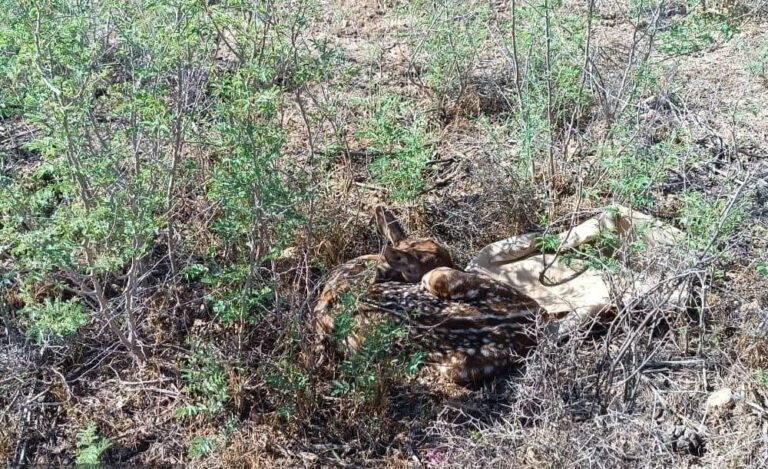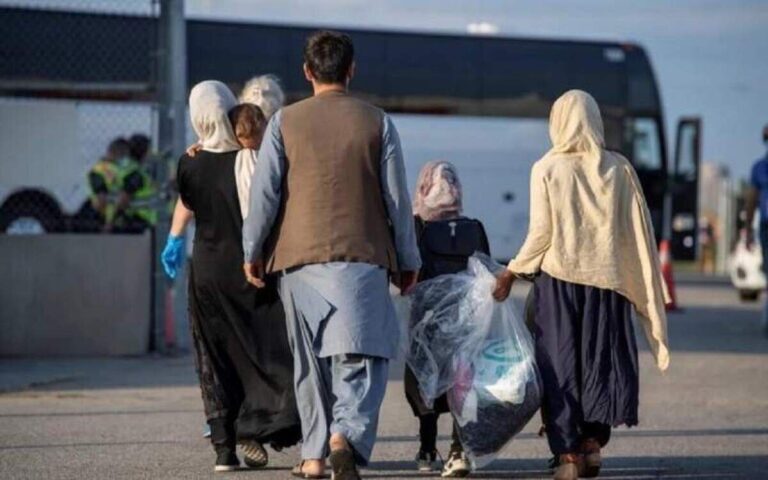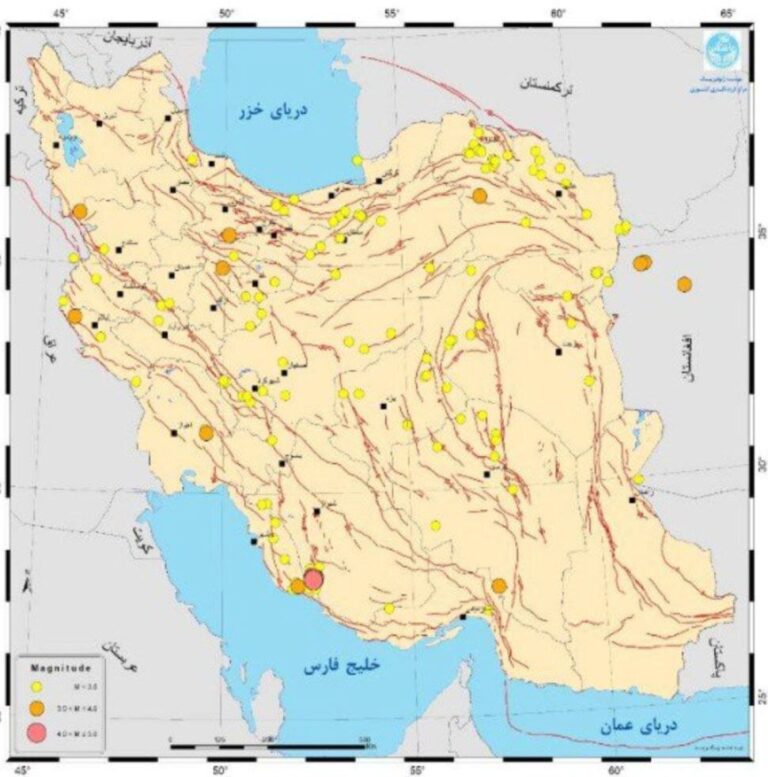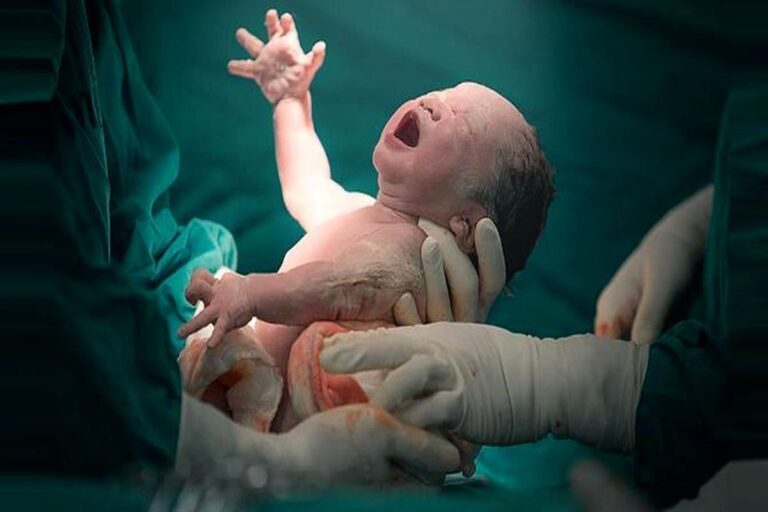
Similar Posts

Meet Karkheh’s First Adorable Yellow Deer of the Year!
A Persian yellow deer was born in Karkheh National Park, Khuzestan, marking the first birth of the current Iranian year and highlighting successful wildlife conservation efforts. The population of these endangered deer has risen from five in 2019 to 15 in 2024 due to the Department of Environment’s (DOE) effective breeding strategies. Once thought extinct, four yellow deer were rediscovered and reintroduced 50 years ago. However, habitat destruction, fragmentation, and human activities continue to threaten their survival. The DOE’s ongoing initiatives aim to protect this species and maintain biodiversity in Iran, underscoring the importance of conservation efforts.

Report Reveals Average Age of First-Time Mothers in Iran Hits 27.5 Years
Recent data from Iran’s National Organization for Civil Registration shows that the average age for women giving birth to their first child is 27.5 years, while for men it is 32.3 years. Urban first-time mothers average 28.2 years, compared to 24.4 years in rural areas. Notably, Tehran sees mothers averaging 30.6 years, while Sistan-Baluchestan has much younger averages. The fertility rate, after a seven-year decline, has stabilized at 1.6 children per woman due to the youth population law. Despite government incentives, expected growth in the youth population has not materialized, highlighting the complexities of family planning in Iran.

Get Ready for the International Conference of the Iranian Aerospace Society This May!
The 23rd International Conference of the Iranian Aerospace Society will occur from May 20 to 22 in Tehran, addressing diverse topics like aerodynamics, propulsion, and space science. The event will feature technical discussions, speeches from industry leaders, an exhibition of products, and workshops for students. Iran’s aerospace journey began in 1959, leading to significant developments, including the establishment of a remote sensing center and plans for annual satellite launches. The aerospace sector is vital to the global economy, driving advancements in technology and exploration. This conference aims to foster innovation and collaboration, underscoring Iran’s commitment to aerospace advancements.

Over 6 Million Afghan Nationals Call Iran Home: A Deep Dive into Their Lives and Challenges
Iran hosts approximately 6.1 million Afghan refugees, making it a leading country for refugee accommodation. This includes 2.1 million documented immigrants, around 2 million registered, and many unauthorized individuals, primarily women and children facing economic challenges. Over one million undocumented Afghans were deported last year, with 40% returning voluntarily. Recent discussions between Afghan and Iranian officials focused on improving conditions for migrants, with plans for voluntary return and housing initiatives in Afghanistan. Iran’s Foreign Minister emphasized a gradual, dignified repatriation process to avoid social disruptions, urging international cooperation to address the refugee crisis effectively.

Seismic Surge: 165 Earthquakes Rock the Region in Just One Week!
During the third week of Bahman (February 1-7), Iran recorded 165 earthquakes, highlighting the region’s seismic challenges, according to the Institute of Geophysics at the University of Tehran. The data revealed 139 quakes under magnitude 3, 24 between 3 and 4, and 2 between 4 and 5, with the largest at 4.2 in Bushehr province. Bushehr had the highest activity (34 quakes), while some provinces, including Tehran, reported none. Iran experiences about 2% of global earthquakes but accounts for over 6% of related fatalities. Monitoring and preparedness are crucial for public safety in this seismically active region.

UNFPA Applauds Iran’s Remarkable Progress in Slashing Maternal Mortality Rates
The United Nations Population Fund (UNFPA) commended Iran for a 63% reduction in maternal mortality rates, dropping from 43 to 16 deaths per 1,000 live births since 2000, largely due to its strong primary health care network. On International Day of the Midwife, Ayna Seyitliyeva, UNFPA representative, emphasized the vital role of midwives in improving maternal health and reducing preventable deaths. Despite this progress, inequalities persist, particularly in less developed regions like Sistan-Baluchestan. Seyitliyeva highlighted the need for enhanced maternal health services, as inadequate care accounts for nearly half of maternal deaths, and called for greater recognition of midwives’ contributions.